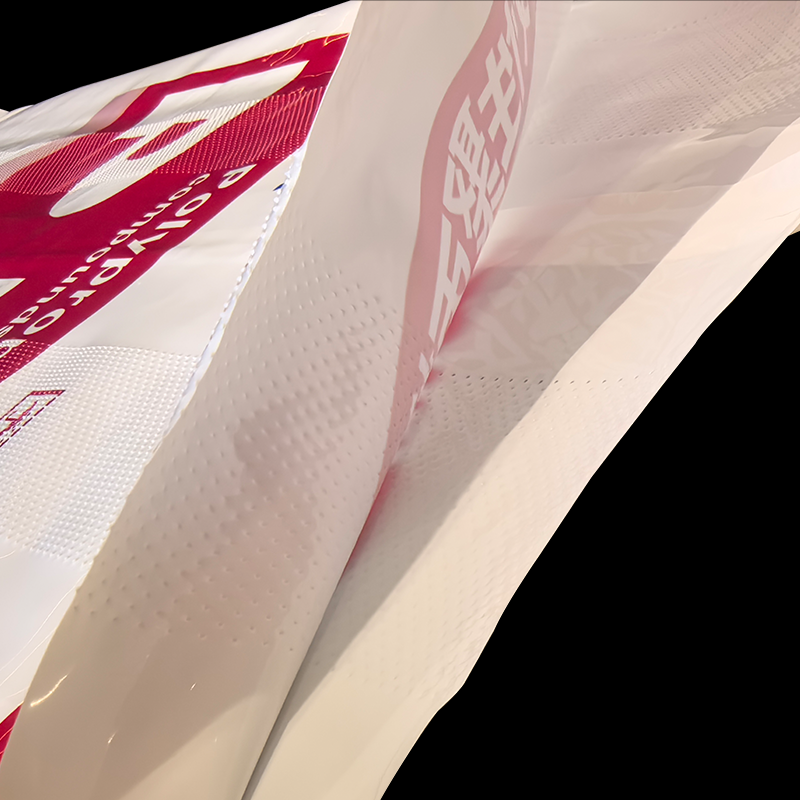
 2025.11.14
2025.11.14
 Industry News
Industry News
The industrial packaging sector is witnessing significant advancements in the design and production of bags for granules, a critical component for industries ranging from agriculture and chemicals to food processing. These specialized bags for granules are evolving to meet increasingly complex demands for durability, product protection, and environmental responsibility. The development of modern bags for granules represents a focused effort to solve the unique challenges of packaging fine, granular materials, which require specific characteristics to prevent leakage, contamination, and spoilage during storage and transit.
The manufacturing process for contemporary bags for granules incorporates high-strength polymer films and sophisticated weaving techniques that create a robust barrier against moisture and external elements. The construction of these bags for granules often involves multiple layers, including a woven polypropylene outer layer for tensile strength and an inner liner specifically chosen for its barrier properties against moisture and vapors. This technical progression in the design of bags for granules has substantially improved the shelf life and integrity of the packaged products, providing manufacturers with a reliable packaging solution that lesss product loss. The implementation of these advanced materials in the production of bags for granules offers supply chain managers a dependable option for safeguarding granular commodities throughout the logistics process.
Agricultural enterprises are major consumers of bags for granules, utilizing them for packaging fertilizers, seeds, and soil amendments where maintaining dryness and preventing caking are essential. The chemical industry relies on specially formulated bags for granules to safely contain resin pellets, compound fertilizers, and various industrial powders. Furthermore, the food sector depends on food-grade versions of bags for granules for products like sugar, salt, and grains, demonstrating the versatility of this packaging format across different industrial applications. The standardized sizes and lifting configurations of modern bags for granules facilitate efficient palletizing and warehouse management, optimizing storage space and handling efficiency.
The engineering focus for today's bags for granules centers on optimizing performance characteristics such as stackability, tear resistance, and UV protection. Recent developments in bags for granules include the integration of anti-slip coatings to enhance pallet stability during transportation and the use of breathable films for certain agricultural products that require aeration. Production facilities have implemented rigorous quality control checks for bags for granules, testing for seam strength, load capacity, and humidity resistance to ensure consistent performance. These manufacturing enhancements have resulted in bags for granules that can withstand the rigors of automated filling equipment and long-distance shipping, providing businesses with packaging that reduces the risk of supply chain disruptions.
The future trajectory for bags for granules points towards smarter and more integrated packaging solutions. Research is underway into incorporating smart labels and QR codes on bags for granules to improve traceability and provide end-users with vital product information. There is also a parallel focus on enhancing the cost-effectiveness and material efficiency of bags for granules without compromising their protective qualities. As global trade in granular products expands and supply chains become more complex, the role of reliable and advanced bags for granules remains indispensable. The continuous refinement of this fundamental packaging solution supports the safe, efficient, and increasingly sustainable distribution of essential granular materials worldwide.
